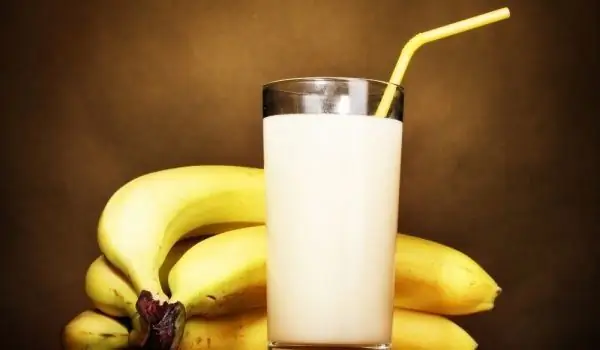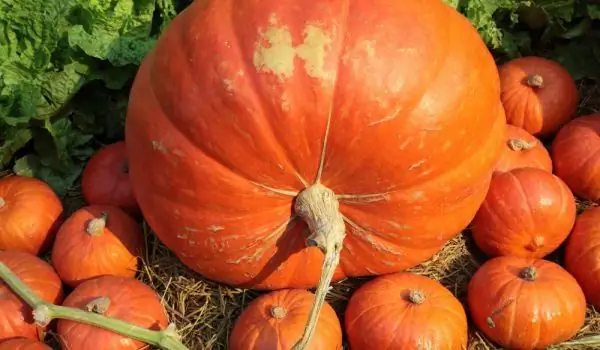2025 Author: Jasmine Walkman | [email protected]. Last modified: 2025-01-23 10:18
Calories, fats and proteins
If you are trying to lose weight by tracking your calorie and fat intake, rice and potatoes can help. Both are almost fat-free, with less than one gram of fat per serving.
They are also similar in calorie content. A cup of plain white rice has 242 calories, and brown rice contains 216. A medium-sized baked potato contains about 230 calories. Rice has 4.5 to 5 grams of protein per cup, which is about 3 grams less than the protein in potatoes.
Fiber
You should know that most of the nutrients are in the potatoes, not in their skin, as many people believe that the skin helps retain the nutrients in the potatoes and adds fiber.

Brown rice is a whole grain food that provides 3.5 grams of fiber per cup, while the same amount of white rice has only 0.6 grams of fiber. An average baked potato has about 3 grams of fiber if you eat it with the skin, and 2.3 grams if you eat it without it.
If you are trying to increase your fiber intake, baked potatoes and brown rice are better choices than mashed potatoes and white rice.
Vitamins
One cup of rice provides one-third of the recommended daily intake of vitamin B6, which helps the body maintain healthy red blood cells. It also gives you 10 percent of the amount of niacin you need, and minor amounts of thiamine, riboflavin, and also 180 micrograms of folic acid.

Potatoes give you half the daily value of vitamin B6, 45 percent of vitamin C and small amounts of thiamine, riboflavin and folic acid.
Minerals
Because potatoes are grown underground, they offer a rich set of minerals, which justifies the reduced mineral content of rice. Although rice has three times more iron than baked potatoes, potatoes provide five times more calcium, twice as much phosphorus and 14 times as much potassium, rivaling potassium-rich foods such as bananas, spinach and broccoli.

Rice and potatoes contain approximately the same amount of zinc and magnesium.
Glycemic Index
The glycemic index of food is a measure of how likely it is to raise blood glucose levels. A lower glycemic index indicates safer foods for diabetics. It varies considerably depending on the type of potatoes or rice you eat.
White potatoes have a glycemic index of 50 and reddish-brown potatoes have a glycemic index of 85. White rice and brown rice fall between these numbers, with glycemic indices of 64 and 55.
In general, potatoes contain more vitamins and nutrients than rice, but when you add garnish such as butter, cream, sauce, bacon and salt, the number of calories and fat increases significantly.
To keep food nutritious and healthy, limit these treats and choose lower calorie, healthy spices such as garlic or olive oil.
Recommended:
Nutritional Value And Benefits Of Bananas

Bananas are sweet fruits that are preferred by many people. They contain many vitamins, a rich source of calcium, phosphorus, iron and sodium, but most of all potassium. Potassium is needed for muscles, heart, brain, bones and liver. It helps to quickly remove excess fluids from the body.
Pumpkin: Nutritional Value, Benefits And How To Prepare It

The pumpkin is a favorite part of food in autumn and winter. But is it as useful as everyone claims? It turns out that pumpkin is very nutritious and low in calories. In addition, it is much more flexible than you imagine. It can be prepared in both sweet and savory dishes.
Nutritional Value And Benefits Of Broom Seeds

The broom seed It is not very well known in our country, but it is gaining more and more popularity due to its useful and cleansing properties. In fact, it comes from the Sorghum family - a genus of herbaceous cereals, which are over 70 species.
Fig - Nutritional Value And Useful Qualities

Figs are very juicy and sweet fruit. Their juiciness is due to the high water content, which is between 60 and 80 percent when the fruit is fresh. We can safely say that figs melt in your mouth. Their sweetness is due to the high sugar content.
Mackerel - Nutritional Value And Benefits

Mackerel contains many important vitamins and minerals. This oily sea fish is one of the healthiest choices you can include in your diet. In this article we will introduce you to the numerous health benefits of consuming mackerel and a complete nutritional profile.

